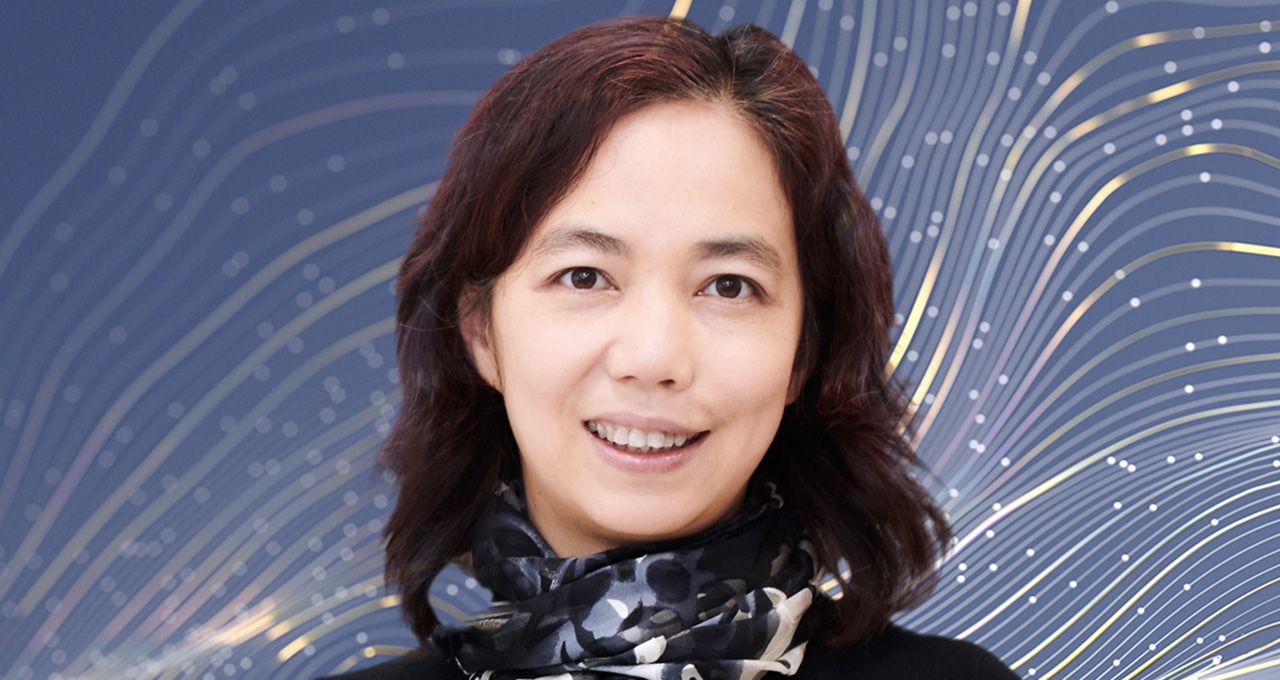Despite the feats of modern medicine, as many as 250,000 Americans die from medical errors each year — more than 6 times the number killed in car accidents.
Smart hospital AI can help avoid some of these fatalities in healthcare, just as computer vision-based driver assistance systems can improve road safety, according to AI leader Fei-Fei Li.
Whether through surgical instrument omission, a wrong drug prescription or a patient safety issue when clinicians aren’t present, “there’s just all kinds of errors that could be introduced, unintended, despite protocols that have been put together to avoid them,” said Li, computer science professor and co-director of the Stanford Institute for Human-Centered Artificial Intelligence, in a talk at the recent NVIDIA GTC. “Humans are still humans.”
By endowing healthcare spaces with smart sensors and machine learning algorithms, Li said, clinicians can help cut down medical errors and provide better patient care.
“We have to make sense of what we sense” with sensor data, said Li. “This brings in machine learning and deep learning algorithms that can turn sensed data into medical insights that are really important to keep our patients safe.”
To hear from other experts in deep learning and medicine, register free for the next GTC, running online March 21-24. GTC features talks from dozens of healthcare researchers and innovators harnessing AI for smart hospitals, drug discovery, genomics and more.
Sensor Solutions Bring Ambient Intelligence to Clinicians
Li’s interest in AI for healthcare delivery was sparked a decade ago when she was caring for a sick parent.
“The more I spent my time in ICUs and hospital rooms and even at home caring for my family, the more I saw the analogy between self-driving technology and healthcare delivery,” she said.
Her vision of sensor-driven “ambient intelligence,” outlined in a Nature paper, covers both the hospital and the home. It offers insights in operating rooms as well as the daily living spaces of individuals with chronic disease.
For example, ICU patients need a certain amount of movement to help their recovery. To ensure that patients are getting the right amount of mobility, researchers are developing smart sensor systems to automatically tag patient movements and understand their mobility levels while in critical care.
Another project used depth sensors and convolutional neural networks to assess whether clinicians were properly using hand sanitizer when entering and exiting patient rooms.
Outside of the hospital, as the global population continues to age, wearable sensors can help ensure seniors are aging healthily by monitoring mobility, sleep and medicine compliance.
The next challenge, Li said, is advancing computer vision to classify more complex human movement.
“We’re not content with these coarse activities like walking and sleeping,” she said. “What’s more important clinically are fine-grained activities.”
Protecting Patient, Caregiver Privacy
When designing smart hospital technology, Li said, it’s important that developers prioritize privacy and security of patients, clinicians and caretakers.
“From a computer vision point of view, blurring and masking has become more and more important when it comes to human signals,” she said. “These are really important ways to mitigate private information and personal identity from being inadvertently leaked.”
In the field of data privacy, Li said, federated learning is another promising solution to protect confidential information.
Throughout the process of developing AI for healthcare, she said, developers must take a multi-stakeholder approach, involving patients, clinicians, bioethicists and government agencies in a collaborative environment.
“At the end of the day, healthcare is about humans caring for humans,” said Li. “This technology should not replace our caretakers, replace our families or replace our nurses and doctors. It’s here to augment and enhance humanity and give more dignity back to our patients.”
Watch the full talk on NVIDIA On-Demand, and sign up for GTC to learn about the latest in AI and healthcare.
